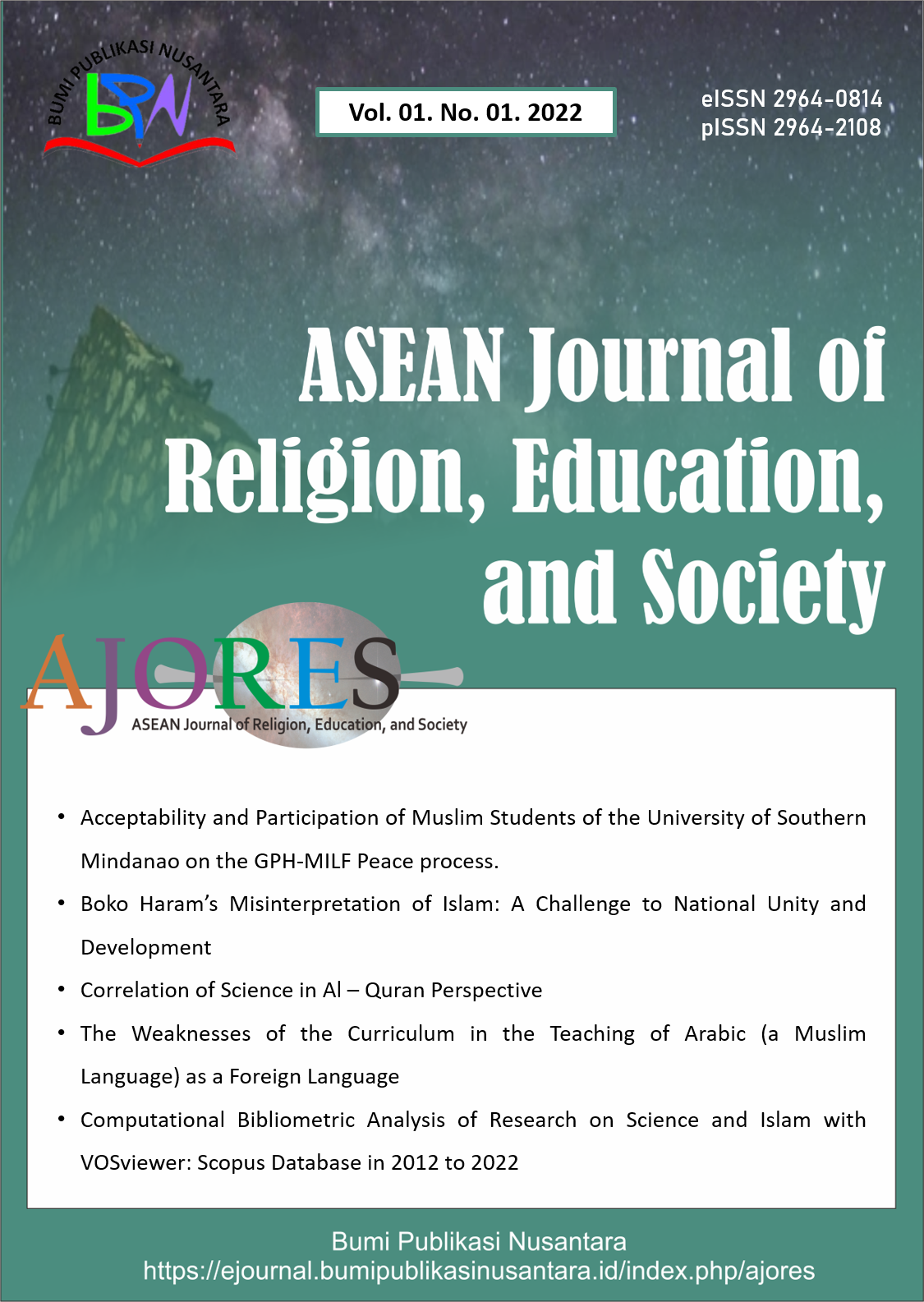Religious Marginalization and Livelihood Transformation of the Community
 ),
),
(1) Xavier International College
 Corresponding Author
Corresponding Author
Abstract
Keywords
References
Dahal, S., and Aram, I. A. (2013). Empowering the indigenous community through community radio: A case study from Nepal. The Qualitative Report, 18(41), 1-26.
Ellis, F. (2000). The determinants of rural livelihood diversification in developing countries. Journal of Agricultural Economics, 51(2), 289-302.
Parr, S. F. (2003). The human development paradigm, Operationalizing Sen’s idea on Capabilities. Publisher Routledge. Feminist Economics, 9(2-3), 301-317.
Poudel, D. P., Marquardt, K., Pain, A., and Khatri, D. B. (2024). De-agrarianisation and re-agrarianisation in patches: Understanding microlevel land use change processes in Nepalese smallholder landscapes. Forests, Trees and Livelihoods, 33(1), 1-22.
Scoones, I. (1998). Sustainable rural livelihoods: A framework for analysis. Brighton: Institute of Development Studies, 72(1), 11-15
Scoones, I. (2009). Livelihood perspectives and rural development. Journal of Peasant Studies, 36(1). 159-184
Shahu, M. B. (2023). Marriage alliance and social obligation in Danuwar society of Nepal. Man in India, 103(4), 203-226.
Sherma, A. B., Lamsal, A., and Pokharel, D. P. (2024). Becoming an ecological citizen: The concept of an ecological citizen in the movie Avatar. International Journal of TESOL and Education, 4(2), 62-77.
Shrestha, M. G. (2017). Impacts of migration on livelihood: A case study of Sindhupalchok district. Rural Development Journal, 2(1), 16-26.
Article Metrics
Abstract View : 999 times
: 999 times Download : 78 times
Download : 78 times
Refbacks
- There are currently no refbacks.
Copyright (c) 2025 Bumi Publikasi Nusantara

This work is licensed under a Creative Commons Attribution-ShareAlike 4.0 International License.







